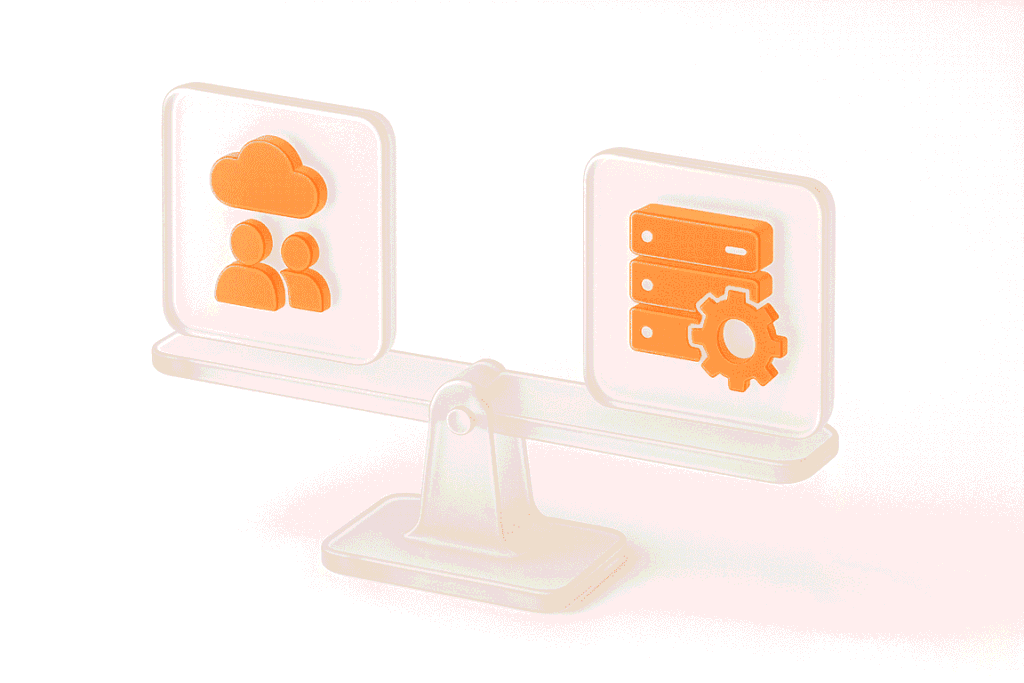Since no testing activities, other than volume tests, check the ability of the system to process large data pools, there’s no reasonable way for teams to skip volume testing. Similar to how what is CSV validation ensures systems meet regulatory and operational standards, volume testing validates a system’s ability to handle large datasets. If undetected, issues like data processing and storage issues can lead to security jeopardy or system shutdown.
This post provides business managers, developers, and beginner testers with an understanding of the volume testing, the objectives it helps accomplish, its best practices, and challenges to take into account when preparing for testing sessions.
What Is Volume Testing
Volume testing definition refers to validating the performance of the software when it processes large data volumes. Volume testing is also a subset of comparative software load testing. The benchmark test is carried out based on the current data volume (usually corresponding to the current filling of the industrial environment). Then, a team of quality assurance in software testing performs a different test, after filling the database so that it corresponds the forecasted values. Volume testing can be both short-term and long-term.
The Objectives of Volume Testing
Volume tests cover a wide range of operations and infrastructure components — databases, online systems, file exchanges, file systems, and system memory. In addition to traditional volume testing, using an API load testing tool can help teams validate API performance under increased data loads, ensuring that all system components work in harmony. Validating such a wide range of elements helps testers achieve the following objectives.
Challenges in Volume Testing
All the major considerations in volume testing have to do with data. This is why there are a few things to always keep in mind when starting a volume testing.
Differences Between Load Testing and Volume Testing
Despite rather clear differences between load and volume testing, it’s common for business managers and beginner QA testers to confuse the two. First things first, take a look at the definition of each term:
Thus, the type of test data, as well as the range of use cases for testing, are different for load testing vs volume testing. To get a better understanding of the differences between the two, take a look at the table below:
| Load Testing | Volume Testing |
| Focuses on validating the stability of the software | Focuses on validating the system’s capacity |
| Tests the system under normal conditions | Tests the system both under normal and abnormal conditions |
| Primarily focuses on security issues | Primarily focuses on data storage and data loss |
Volume Testing Examples in Real life
To get a better understanding of the use of volume testing for websites, apps, and web application projects, here are a few volume testing examples that illustrate how it is used in real life.
Conclusion
Volume testing prepares the system for dealing with extreme data loads (e.g. when a set of branches are attached to the system). No other type of testing can replace the insights volume testing provides project teams and testers with.
To make sure your product is well-protected from data-volume-induced downtimes and crashes, request a team of QA professionals, with a ready-to-deploy volume testing checklist.
PFLB has years of testing experience — we worked with dozens of products across all major industries. You will benefit from a flexible framework, a robust testing toolkit, and a high-level workforce.
If you want to ensure that the software you’re bringing to the market is bug free, leave us a message and our reps will get back to you A-S-A-P!



